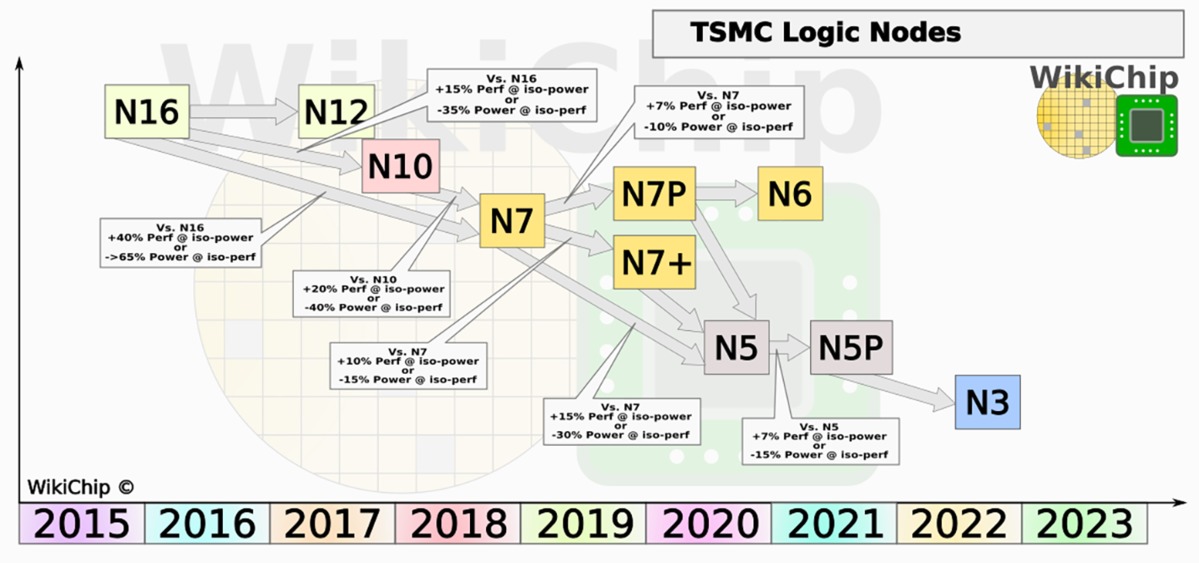We aren’t likely to hear anything about Apple’s new phone processor until September when the company unveils the iPhone 12. But it takes years to design these chips and months to get production ramped up, so the A14 is likely already set in stone and has probably begun test production.
Year after year, Apple’s phone chips have held the crown for overall performance, and despite some big promises from the likes of the Qualcomm Snapdragon 865, we expect Apple to hold the crown when the new iPhones are released this year.
One can never tell exactly what features or performance an unannounced A-series processor will deliver, but we can make some informed guesses. Here’s what we think we might see from Apple’s A14 SoC later this year.
A jump to 5nm manufacturing
For the third year in a row, Apple will benefit from manufacturing process improvements at its manufacturing partner TSMC. The A12 was built on a 7nm process, the A13 was made on an enhanced 7nm process that primarily allowed for faster clock speeds and lower power consumption (when running at the same speeds as chips made with the prior 7nm process).
This year, Apple could make the jump to TSMC’s brand-new 5nm process. In fact, it’s likely to be the first large-scale consumer chip to ship using it.
 WikiChip
WikiChip WikiChip has an excellent summary of the various process technologies from TSMC.
This is a big upgrade. The 5nm mode is not a half-step by any stretch, but it is the next “full node” after 7nm. It uses extreme ultraviolet (EUV) lithography extensively throughout the process, and TSMC says it delivers 80 percent more logic density and can run either 15 percent faster at the same power as its 7nm chips, or 30 percent lower power at the same performance level.
Of course, design matters, too. Apple won’t necessarily meet these exact figures. But on manufacturing process alone, the A14 would be a significantly faster and more power-efficient chip.
A big transistor budget
The A13 measures around 98.5 mm2, which is roughly 20 percent larger than the 83.2 mm2 A12. That’s only slightly smaller than my original prediction last year, but my assumption about transistor budget was way off.
I assumed Apple would use TSMC’s N7+ node, which affords increased transistor density. Instead, Apple opted for the N7P mode, which does not. As a result, the A13 has about 8.5 billion transistors, rather than then 10 billion I predicted.
For this year, I think Apple is likely to keep the processor around the same overall size. About 100 mm2 is a good size for a high-performance premium mobile processor with a lot of stacked components.
If we take TSMC at its word about the improved transistor density of the 5nm process, we’re looking at an incredible 15 billion transistors. That’s more than all but the largest high-end desktop and server CPUs and GPUs. It’s huge. It’s so big that I wouldn’t be entirely surprised if Apple shrunk the total chip area a bit to…
https://www.macworld.com/article/3514528/what-we-might-expect-from-apples-a14-processor.html#tk.rss_all
